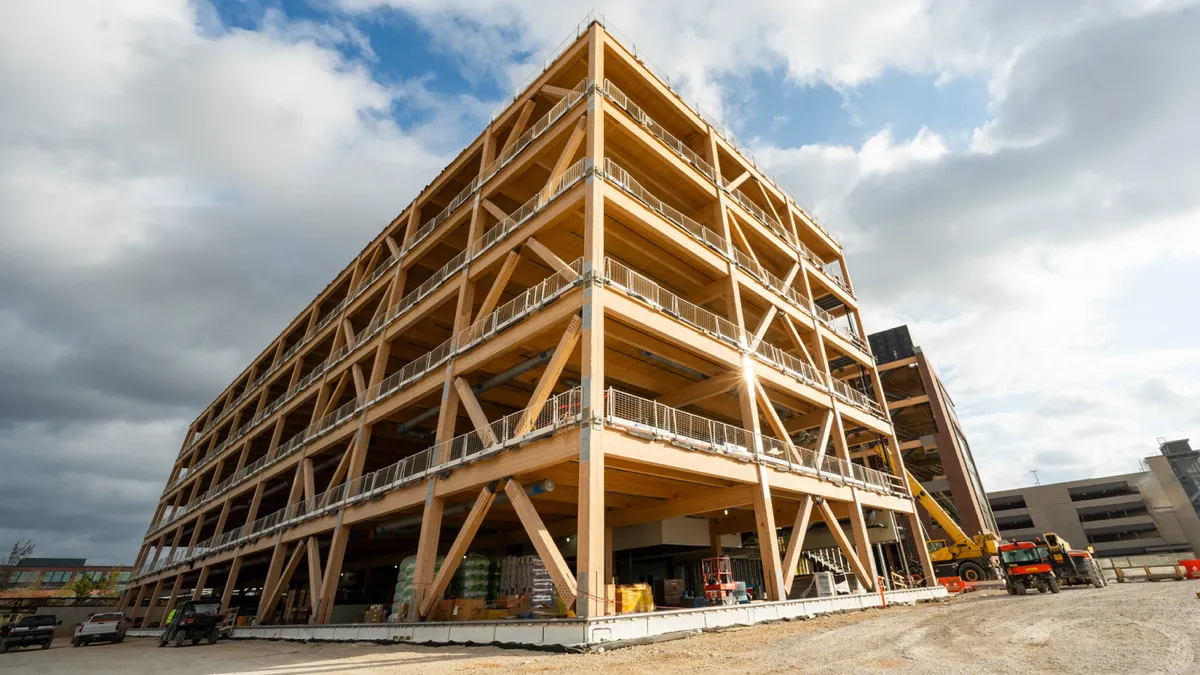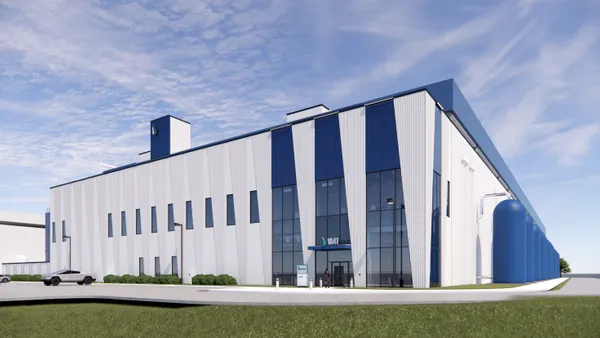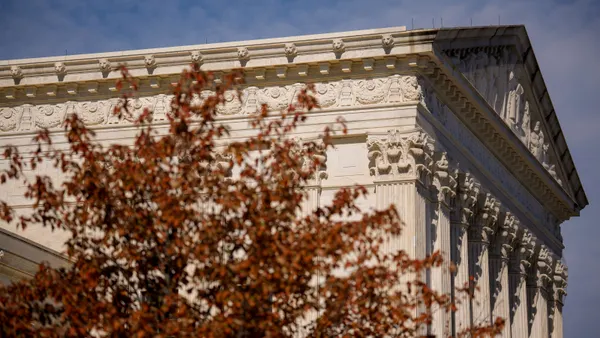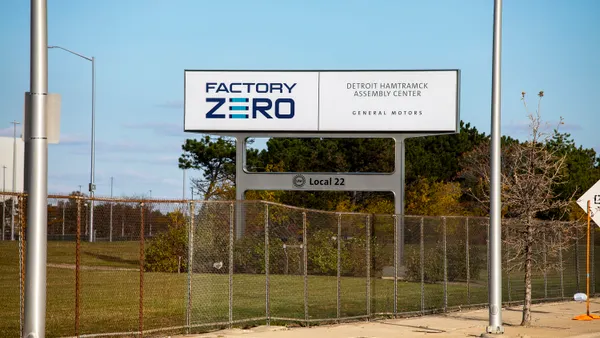This feature is a part of “The Dotted Line” series, which takes an in-depth look at the complex legal landscape of the construction industry. To view the entire series, click here.
Major League Baseball’s Tampa Bay Rays announced in March the team could no longer proceed with plans for a $1.3 billion ballpark in St. Petersburg, Florida.
Damage to the region from Hurricane Milton in October 2024 led to funding delays surrounding uncertainty in the aftermath of the storm. Ultimately, Rays leadership concluded the agreed-upon timeline — which would see the new stadium opening in 2028 — would not work for the team.
For any construction project, the completion date is a vital goal established during the contract phase. For a professional sports venue, that target date is sacrosanct.
“You have to get that opening day,” said Gregory Eichorn, Chicago-based partner for Washington, D.C.-headquartered law firm Peckar & Abramson. “If it's three months after the scheduled opening day, well that doesn't give the owner any benefit. So all the incentives are pushed to getting to that opening day.”
Though on-time delivery is crucial for all types of clients to benefit for their business, for a sports venue, it’s even more vital. Missing that deadline means money the project owner doesn’t receive.
“In other words, football waits for no one,” said Joy Spillis Lundeen, partner and head of the construction practice for Miami-based Bilzin Sumberg. “Once a season schedule is set, it becomes inelastic; there’s no room to shift opening dates without causing widespread disruption.”
Indeed, a delay doesn’t just hit the stadium owner. It impacts the entire professional sports league as well.
Given these hard deadlines at the outset, combined with other unique aspects such as public funding, multiple stakeholders and complex coordination, stadium contracts often differ even from other megaprojects of similar sizes. But the right contract clauses can protect and streamline the process to ensure GCs can deliver on time for tip off, kick off, first pitch or puck drop.
Public monies
Most major league sports venues are paid for at least in part with large sums of public money. That can create challenges.
“Every phase of the project is subject to public scrutiny, political agendas and community voices,” said Spillis Lundeen. “In many cases, the permit battles can be just as intense as the games played inside the stadium.”

With the public money also comes contracting and bonding requirements, said consultant Rick Fultineer, a managing director and lead of Emeryville, California-based Berkeley Research Group’s global construction practice.
“The multi-prime type contracting arrangements that are often in place on these public projects create a situation in which you can't give the work to just one group and say, ‘Hey, give me a stadium,’” he said.
Instead, various prime contractors are brought onto the site under owner control, which Fultineer said “enhances that complexity.”
With the tight deadline, decision-making has to be quick, Eichorn said, but often, public bodies don’t make those decisions as rapidly.
“So you have to build into place the ability to move forward while those things are pending,” Eichorn said.
Scoring disputes
As with any complex project, construction attorneys say that a robust, well-drafted contract is the best tool to streamlining dispute resolution. But what does that look like on a massive arena job?
On many stadium projects, the design process involves partnerships where the project engineer provides a general concept and subcontractors are expected to flesh out the details of actually building the structure, Spillis Lundeen said.

Spillis Lundeen represented the ownership group of the Miami Dolphins’ Hard Rock Stadium, a venue that opened in 1987 and underwent a $400 million upgrade in 2015 and 2016. On that job, the structural engineer laid out a vision for the rooftop canopy, she said, but the subcontractor decided how those massive steel pieces were fabricated and assembled. That could have led to variations depending on geography, resources and construction practices.
“To avoid disputes later, it’s critical that every party understands exactly what they’re delivering and when,” Spillis Lundeen said. “That includes ensuring design-assist subcontractors are not only clear on their role but also fully prepared for the execution including logistical challenges, like wide-load transportation that requires police escorts and precise scheduling.”
Without this clarity, even small misalignments can lead to breakdowns in sequencing, delays in delivery and significant legal disputes, she said.
When it comes to monetary disputes, such as for payments for materials or to subcontractors, resolution can’t be delayed due to the importance of the delivery date. A temporary solution may be needed.
“You really have to have like an interim dispute resolution, whether it be a panel or one entity that's a third party that everyone can agree upon to at least do a trigger. Something like, ‘All right, this is what the decision is, subject to dispute resolution at a later time,’” Eichorn said. “So at least you're going forward with something that's breaking the logjam.”
A clause that structures a dispute resolution framework for the owner and construction manager can be productive and create big savings on a multibillion-dollar project, said Fultineer.
“The way that helps, in my mind, is it takes a lot of the dispute-oriented feelings out of the parties on the project so that they can stay focused on building the project rather than getting sidetracked on evaluating various claims and change orders, which can be time-consuming and contentious,” Fultineer said.
That’s the ball game
As with any project, understanding the contract is vital for handling such disputes.
For example, the notion of “substantial completion” may be helpful in crossing the finish line on time, even if there’s overtime work to be done.

“In COVID, for instance, SoFi Stadium, some things didn't get done,” Eichorn said. “Some of the infrastructure didn't get done, but it didn't matter because you didn't have any people in the stadium.”
Since crowds were limited or nonexistent due to the pandemic, all that was needed was two locker rooms, a field and a place to put cameras, Eichorn said. “You didn't need the concessionaires and everything else because no one was going to be there.”
But other hurdles, including labor shortages for specialized roles or material delays can all contribute to a slowed-down project — even if it’s not a megaproject stadium but an arena for a college, smaller market or minor league team.
“These challenges often lead to disputes over who is responsible for delays and escalating costs,” Spillis Lundeen said. “As a result, stadium contracts are typically packed with detailed provisions on scheduling, liquidated damages and change orders to address these risks but even with those safeguards, the complexity and high stakes make these among the most challenging projects in the construction industry.”














